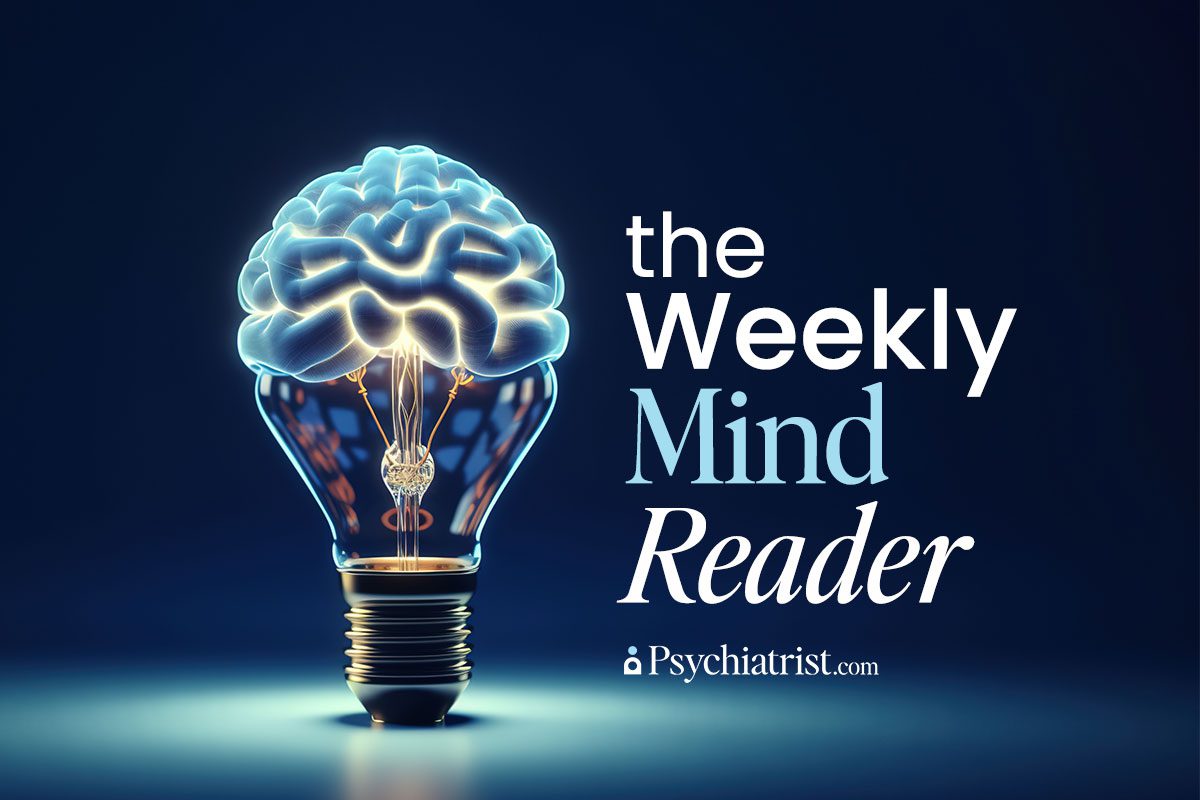A mounting trove of evidence has identified emotional dysregulation (ED) as a critical component of post-traumatic stress symptoms (PTSS). Although the mechanics of this connection remain muddled, the latest research suggests that ED might either contribute to the development of post-traumatic stress disorder (PTSD) or crop up as the result of traumatic experiences.
A recent systematic review of the existing data – involving adolescents and young adults – sought to clear this up.
A New Perspective on Emotional Dysregulation
Contrary to the more familiar concept of emotion regulation (ER), emotional dysregulation references one’s inability to manage and respond to emotional experiences effectively.
Where ER involves the regulation of emotions to achieve social or personal goals, ED is marked by an unrestrained and often inappropriate emotional response, difficulty recognizing and accepting emotions, and an inability to embrace effective ways of coping. This inability to control their emotions can disrupt nearly every aspect of one’s life.
Increasingly, researchers have shifted how they approach ED – thinking of it as more of a transnosographic entity — an underlying factor that spans multiple mental disorders. This notion picked up steam in research looking at the relationship between ED and PTSD, especially in the more vulnerable younger population. Understanding the link between ED and PTSD could be crucial to developing more effective interventions.
Investigating This Connection
To better understand the relationship between ED and PTSD, researchers conducted a systematic review of the existing literature, following PRISMA 2020 guidelines. The review covered nearly three dozen relevant studies, with a particular focus on adolescents and young adults. These studies used a variety of methodologies and populations.
The review revealed frequent links between ED and trauma exposure, especially in the context of child abuse, and that it often served as a predictor of PTSD severity and symptom persistence.
But the data proved inconclusive. The reviewed studies varied in their approaches and findings,. As a result, drawing definitive conclusions about the nature of the relationship between ED and PTSD remained challenging. While some studies suggested that ED might predispose individuals to developing PTSD, others instead proposed that ED could be a consequence of traumatic experiences.
Implications for Mental Health Interventions
Despite the diversity of the source material, the researchers came to a single definitive conclusion: the importance of addressing ED in prevention and treatment programs for PTSD.
If ED does, in fact, contribute to the development or persistence of PTSD, the researchers realized, then helping patients develop better ways to manage their emotions could be the key to relieving them of at least some of the trauma.
This is especially true for adolescents and young adults, whose emotional development remains in flux. Early interventions that focus on building emotional regulation skills could help mitigate the odds of developing PTSD.
Additionally, understanding the role of ED in PTSD could also inform treatment approaches for those already struggling with PTSD, which could help caregivers develop more bespoke, effective treatment strategies.
This review underscored the complicated – if still murky – relationship between ED and PTSS in adolescents and young adults. While the existing evidence suggests ED might play a role in both the development and persistence of PTSD, the precise origins remain unclear.
The researchers argue that future inquiries should include longitudinal studies that could track individuals both before and after exposure to trauma exposure. Such insights could help answer any remaining questions about this connection. Until then, the authors suggest that mental health professionals should consider emotion regulation strategies as a part of a more proactive approach to managing the impacts of trauma.
Further Reading
Chronic Smartphone Use Linked to Teen Anxiety, Depression, and Insomnia
Preteen Suicide Rates Show Alarming Increase
Moving Even Once in Childhood Boosts Depression Risk Later in Life



